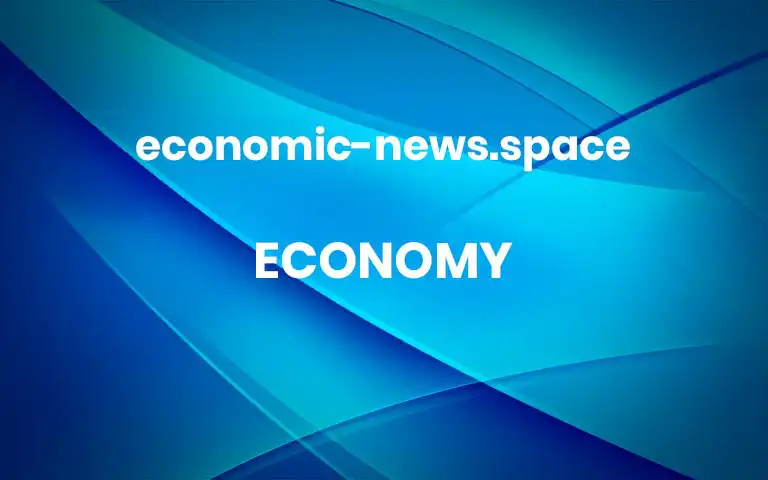Senator Elizabeth Warren, the Massachusetts Democrat, said on Monday that she would not vote to confirm Jerome H. Powell for a second term as chair of the Federal Reserve, citing “failures on regulation, climate and ethics.”Ms. Warren, who has called Mr. Powell “a dangerous man,” had been pushing for President Biden to name Lael Brainard as the next chair of the central bank. Mr. Biden’s decision to name Ms. Brainard to the No. 2 spot at the Fed drew Ms. Warren’s support but she said she would continue to push for additional governors who support aggressive financial regulation.“It’s no secret I oppose Chair Jerome Powell’s renomination, and I will vote against him,” Ms. Warren said in a statement.Other powerful Democrats, along with Republican lawmakers expressed. support for Mr. Biden’s decision, saying it would keep the central bank on a steady course and protect its political independence at a time of inflation and economic uncertainty for the country.Senator Sherrod Brown, Democrat of Ohio and the chair of the Senate Banking Committee, which oversees the Fed, praised Mr. Powell’s role in helping the labor market heal from the pandemic downturn and giving workers greater bargaining power in terms of higher wages.“The Federal Reserve must continue to help steer our economic recovery in the right direction — toward full employment and an economy that empowers workers and their families,” Mr. Brown said. “I look forward to working with Powell to stand up to Wall Street and stand up for workers, so that they share in the prosperity they create.”Senator Jon Tester, a Montana Democrat, said on Twitter that the decision “a smart move.”Mr. Biden’s decision to reappoint Mr. Powell, who was first appointed by former President Donald J. Trump, returns the country to a long tradition in which presidents of both parties have embraced the Fed chairs selected by their predecessors, in an expression of support for the central bank’s political independence. Mr. Trump bucked the tradition, replacing Janet L. Yellen with Mr. Powell in 2018.Some progressive Democrats had urged Mr. Biden to also break with tradition and appoint someone else to the role. In addition to Ms. Warren, Senators Sheldon Whitehouse of Rhode Island and Jeff Merkley of Oregon had called for Mr. Powell to be replaced, citing his views on climate change, financial regulation and an ethics scandal at the central bank.Mr. Whitehouse said in a statement on Monday that he was “disappointed” in the decision, adding that Mr. Powell had done too little to address climate change.“Our Fed Chair must devote immediate and thorough attention to the climate threat before it is too late,” Mr. Whitehouse said in the statement. “I sincerely hope that, if confirmed, Powell will reassess his past opposition to utilizing the Fed’s regulatory tools to minimize climate-related risks to the financial sector.”Americans for Financial Reform, a coalition of community, labor and civil rights groups, called the decision “a major disappointment to those of us who have fought for tougher regulation of Wall Street.”Mr. Biden’s decision to nominate Ms. Brainard for vice chair could help mollify some of those concerns. Some progressive groups had been pushing for Ms. Brainard to lead the central bank, in part because of her views on climate change and financial regulation.Mr. Whitehouse applauded Ms. Brainard’s nomination in his statement, saying “she clearly recognizes the gravity of the climate-related financial and economic risks facing our nation and will push the Fed to fully utilize its regulatory authorities in this space.”Other groups that have been critical of the Fed expressed support for the picks, particularly Ms. Brainard.The Fed Up Campaign, which advocates more accommodative monetary policies and full employment, said the Fed needed “to continue pro-employment, pro-wage growth, pro-racial justice macroeconomic policies for as long as economic conditions allow.”“Governor Brainard is a strong choice for Vice Chair, and we are expecting Biden to continue to name truly bold and pro-worker choices to the vacant governor seats,” the group said.Lawmakers also expressed support for the move, though some Republicans expressed concerns about Ms. Brainard, who has pushed for tougher financial regulations.Senator Patrick J. Toomey of Pennsylvania, the ranking member on the Senate Banking Committee, said that he disagreed with some of Mr. Powell’s decisions during the crisis, but that he would support his nomination.“When the pandemic hit in 2020, Chairman Powell acted swiftly and took extraordinary and necessary steps to help stabilize financial markets and the economy,” Mr. Toomey said in a statement.The senator expressed “concerns about regulatory policies that Governor Brainard would support as Vice Chair,” but said looked forward to discussing those issues.Both Mr. Powell and Ms. Brainard must win 60 votes in order to be confirmed by the Senate. More




